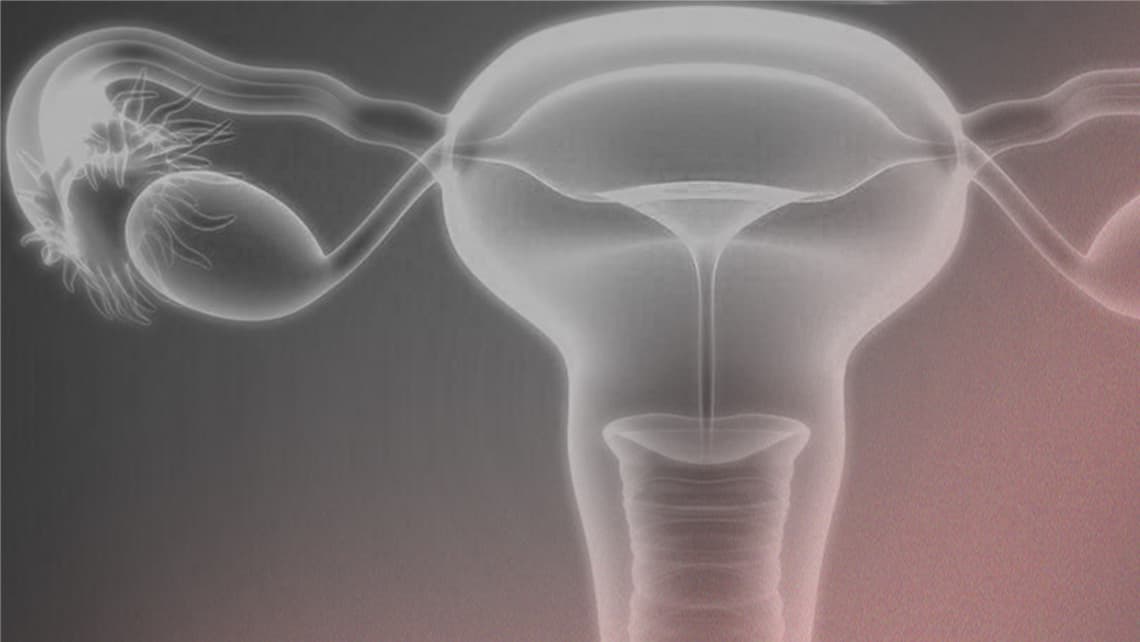
“Dual trigger or double trigger”: oocyte maturation double induction protocol
Naturally, once the ovarian follicle has reached an adequate size, luteinising hormone (LH) is released from the pituitary gland in order to complete the egg maturation process and initiate the processes that will lead to ovulation. In contrast, in assisted reproductive technology cycles, the substance administered to perform this function is hCG (chorionic gonadotropin hormone).
hCG is a hormone with a similar structure to LH (share 85% of its components) and have the same function in the ovary: to mature the egg and promote ovulation. Moreover, hCG has been available in clinical practice for decades (even before the rise of in vitro fertilisation) and is neither complex nor expensive to manufacture, which is why it was quickly adopted in ovarian stimulation cycles due to its efficacy, low cost and simple administration (subcutaneous).
For at least two decades, hCG has successfully completed in vitro fertilisation treatments by facilitating the transfer of fresh embryos, and is the dominant drug for the induction of final oocyte maturation in in vitro fertilisation (IVF) cycles.
Ovarian stimulation new protocols
Subsequently, with the new drugs development (such as GnRH antagonists) and the design of new ovarian stimulation protocols, a new agent became of interest as an inducer of final oocyte maturation: the GnRH agonist “bolus”. This new agent has the advantage of inducing a final egg maturation quite similar to that which occurs naturally as it induces the release of luteinising hormone itself from the pituitary gland, therefore, after ovarian stimulation and the generation of several follicles for IVF we can finally make them mature in a more physiological way.
The “bolus” of agonists for oocyte maturation induction is mainly used to prevent the dreaded ovarian hyperstimulation syndrome (OHSS), a potentially life-threatening complication in assisted reproductive techniques.
Depending on the type of stimulation protocol used, usually one agent or the other is used to induce final oocyte maturation; however, a publication in 2013 opened the option of using both drugs simultaneously: hCG + “bolus” agonists, a strategy currently called “dual or double trigger” (Castillo et al. 2013)*. When both agents are used, one of them (hCG) will act directly on the ovary and the other (“bolus” of agonists) will promote the release of luteinising hormone from the pituitary gland; in other words, final maturation will be induced by two different routes.
Some studies indicate that this protocol would produce a synergistic action of both inducing agents, which favours the final maturation processes and has proven to be effective when we face cycles with often intriguing results such as the empty follicle syndrome (absence of egg retrieval after ovarian puncture) or the immature oocyte syndrome (egg retrieval without complete maturation); In addition, reviews on the subject show that even in IVF stimulation cycles in general, the double trigger is able to increase the number and maturity of the oocytes retrieved and even indicate that better quality embryos would be produced and thus improve the chances of gestation (Castillo et al. 2020)*.
In short, the double trigger is an increasingly widespread tool and its synergistic action has the potential to improve laboratory and reproductive outcomes in IVF cycles, provided that the patient is not at risk of ovarian hyperstimulation syndrome.
HEMEROTEC:
CASTILLO, J., MORENO, J., DOLZ, M., BONILLA-MUSOLES, F.. Successful Pregnancy Following Dual Triggering Concept (rhCG + GnRH Agonist) in a Patient Showing Repetitive Inmature Oocytes and Empty Follicle Syndrome: Case Report. Journal of Medical Cases, North America, 4, feb. 2013. Available at: https://www.journalmc.org/index.php/JMC/article/view/1055/598
Dr Juan Carlos Castillo, gynaecologist at Instituto Bernabeu
